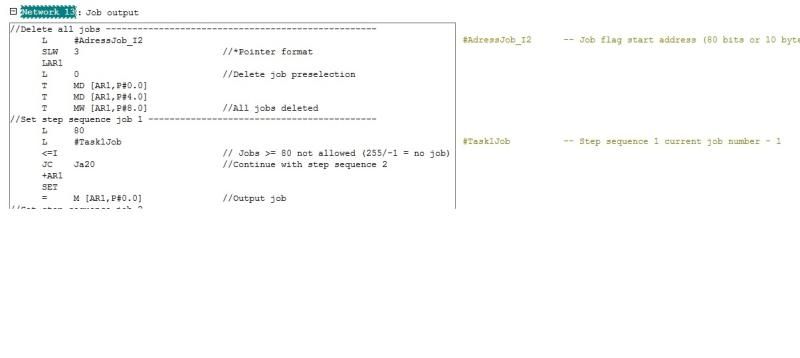Calistodwt
Member
Looks similar to some the old Moeller PLC's where "M" is an intermediate result and "Q" is an output?
Any chance there's a PC or a weld controller with a profibus or profinet card in this machine? Still wouldn't explain why it's turning on unexpectantly, but it could be the source of your state change.
It's not turning on unexpectedly. It's turning on at the right time. But we've identified that we can significantly increase our output by changing when this step operates, or even removing this guard completely, and getting rid of the step


